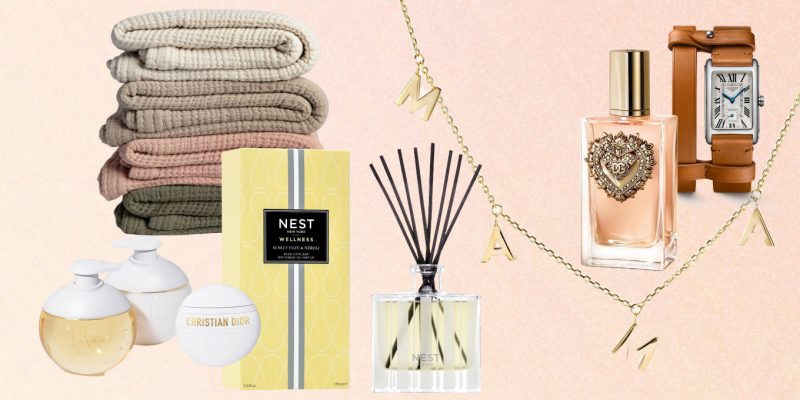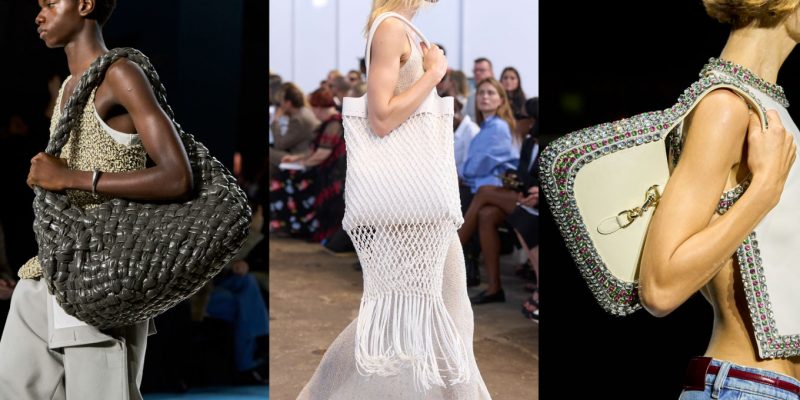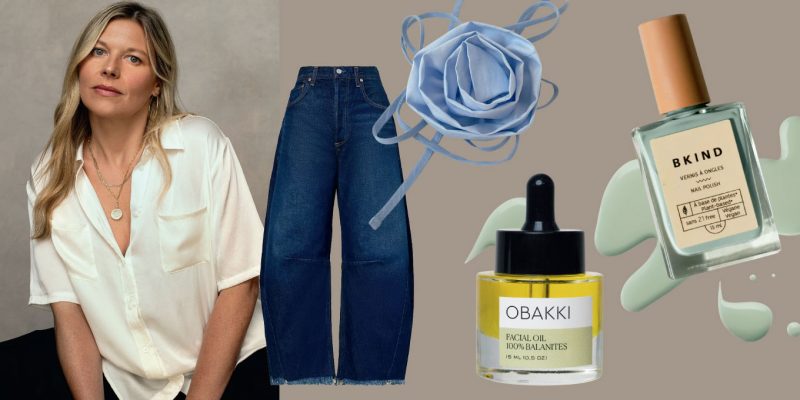Shopping
Saying goodbye to Colette
We say farewell to the Parisian concept store that influenced the influencers.
by : Clara Young- Nov 8th, 2017

I’ve been wrong about a lot of things in my life, but the wrongest I’ve ever been was about Colette. When it opened, in 1997, I was working for an online fashion magazine. My boss handed me an invite and said: “There’s this new fashion store that opened. Could you write a story about it?” To which I replied: “What’s the point? It’s just another trendy bric-a-brac store.” Twenty years later, Colette is closing: It’s not ending its run for standard retail reasons like bankruptcy or over-extension but because co-creator Colette Roussaux needs a break.
Roussaux and Sarah Andelman were the Debbie Reynolds and Carrie Fisher of the retail world: They were intensely involved with each other and with their cause, which was, exclusively, their shop – an emporium of bristlingly avant-trendy goods situated on Paris’ Rue Saint-Honoré. “Sarah used to live right above the store, and her mom was down the hall; I’ve never known people who worked as hard as they did,” says Nicholas Chaikin, creative director at the design agency Spill. Chaikin designed Colette’s website for much of its existence and talked the duo into e-commerce, now a thriving business that brought in revenue in the multiple zeros. “They were 24-7,” he says. “One Sunday, I was walking by the store and Sarah was vacuuming. They absolutely could not let a detail go out from under their supervision.”
This Virgo-esque attention to detail is what made Colette a standalone in every sense of the word. In borrowing the concept of curation from the art world and repurposing it to cover all manner of merchandise, from trainers to shampoos, Colette was unlike any other store when it opened. At the time, there were conceptual clothing stores that sold only deep-thinking Belgian and Japanese designers. And there were independent music shops, of course, but there was nothing that sold clothes, earplugs, music, toothpaste, watches, bottled water, toys, art, shaving cream, books, souvenirs, baseball caps and ballpoint pens… with outlying points of view.
“I met Sarah before Colette existed,” says Chaikin. “She was an intern at Purple [Institute, a trend agency founded by Elein Fleiss and Olivier Zahm in 1992, now a series of magazines], and I think that Colette was a commercialization of the Purple approach to interpreting the world. That’s where she got her curatorial, editorial eye.” Andelman honed her selection skills even further with Milan Vukmirovic, who was Colette’s buyer before he went on to helm Jil Sander in 2001 and, most recently, Ports International menswear.
Although the distance between mainstream and upstream narrowed as time went on, Andelman and Roussaux cunningly selected wares that lay just beyond our comfort and knowledge zones but were not so esoteric as to be unfathomable. It helped, too, that lowly objects like cigarette lighters found themselves displayed in museum cases as loftily as Early Bronze Age Hittite cups. To Andelman and Roussaux, everything was infinitely fetishizable.
At Colette parties, Andelman could always be spotted in the crowd. She was more of a wallflower than a dancing-on-tables type, but despite her reserve and Roussaux’s low-key persona, the two became the guard dogs to the kingdom of cool. Everyone jostled for Colette shelf space – as did we, at the cash register, for McDonald’s-fries T-shirts and Apple watches. To Colette, we owe compilation albums before we had Spotify, an appreciation of Helvetica typeface, a fondness for little Japanese figurines and a disproportionate regard for trainers. Trendy bric-a-brac? Perhaps – but so much more. For two decades, Andelman and Roussaux made us all a little bit poorer and a little bit cooler. Now, we’ll just have to figure it out on our own.
Newsletter
Join our mailing list for the latest and biggest in fashion trends, beauty, culture and celebrity.
Read Next

Fashion
These Will Be 2025’s Biggest Wedding Dress Trends
Dropped waists, bridal bows and bubble hemlines for the 2025 brides.
by : Lauren Knowles- Apr 16th, 2024

Fashion
16 Mother's Day Gifts for Every Type of Mom
From the loveliest spring fragrances to sentimental gifts she'll never stop loving.
by : Melissa Fejtek- Apr 16th, 2024

Culture
ELLE Escapes: Savannah
Where to go, stay, eat and drink in “the Hostess City of the South.”
by : ELLE- Apr 15th, 2024




